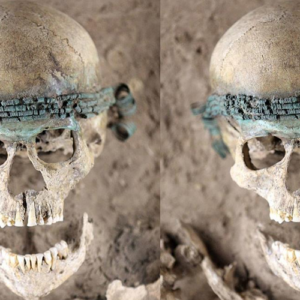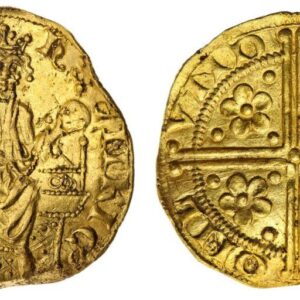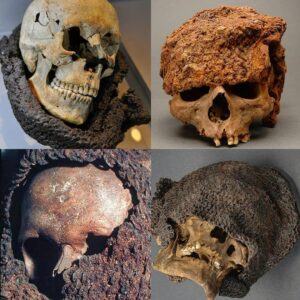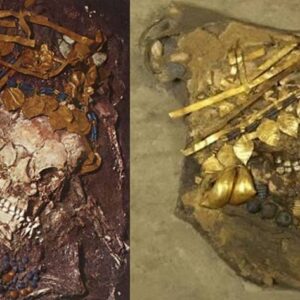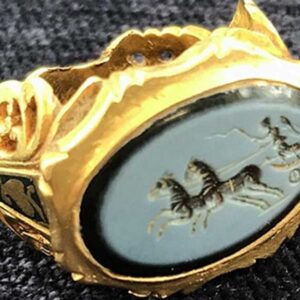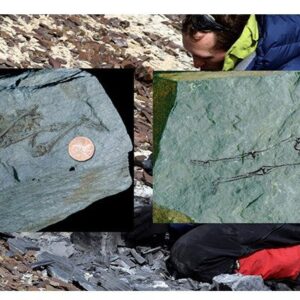When the archaeologists opened the main coffin, they discovered layers of silk and linens coated in a dark liquid.

Most people associate mummies with Egyptian culture and complex mummification methods designed to bridge the gap between life and death, resulting in bodily preservation.
The Ming Dynasty mummy was found in near perfect state, though researchers are unclear how she remained so well preserved. © Image Credit: beforeitsnews

In 2011, Chinese road workers discovered the extremely well-preserved remains of a woman dating back 700 years to the Ming Dynasty. This finding shed light on the Ming Dynasty’s way of life while also raising numerous intriguing questions. Who was this lady? And how did she survive so well over the centuries?
The Chinese mummy’s finding was rather surprising. Road workers were clearing the area to expand a road in Taizhou, Jiangsu Province, Eastern China. This process required many feet of excavating in the dirt. They were excavating about six feet below the surface when they came upon a massive, solid item.
They immediately realized it may be a big find and summoned for the help of a team of archaeologists from the Taizhou Museum to dig the site. They soon deduced that this was a tomb and discovered a three-layered casket within. When the archaeologists opened the main coffin, they discovered layers of silk and linens coated in a dark liquid.
They uncovered the incredibly preserved body of a female when they peeked beneath the linens. Her body, hair, skin, clothing, and jewelry were all virtually entirely intact. Her brows and eyelashes, for example, were still wonderfully intact.
Researchers have not been able to determine the exact age of the body. The lady was thought to have lived between 1368 and 1644, during the Ming Dynasty. This means the woman’s body might be 700 years old if it dates back to the beginning of the Dynasty.
The woman wore classic Ming Dynasty clothes and was decked with various pieces of jewelry, including a beautiful green ring. It is assumed that she was a high-ranking civilian based on her jewels and the rich silks she was wrapped in.
A worker from the Taizhou Museum cleans the Chinese wet mummy’s large jade ring on March 3, 2011. Jade was associated with longevity in ancient China. But in this case, the jade ring was probably a sign of her wealth instead of a sign of any concern about the afterlife. © Image Credit: Photograph by Gu Xiangzhong, Xinhua/Corbis

The woman was found lying in a brown liquid which is thought to have preserved the body, although researchers think this may have been accidental. © Image Credit: beforeitsnews
However, other scholars believe that the remains was preserved because it was buried in the proper setting. Bacteria cannot thrive in water if the temperature and oxygen levels are precisely correct, and decomposition can be delayed or stopped.
This finding gives academics an up-close view of Ming Dynasty traditions. They can see the clothing and jewelry that individuals wore, as well as some of the antiques that were utilized at the time. This can help to answer many questions regarding the people’s lifestyles, traditions, and everyday activities at the period.

The discovery has raised numerous fresh concerns about the conditions that led to her body’s extraordinary preservation over hundreds of years. There are also doubts regarding who this lady was, what function she had in society, how she died, and whether any of her preservation was done on purpose.
Many of these issues may never be answered because of the sequestered nature of this find since it can be impossible to offer such answers with only one set of bones. If comparable finds are uncovered in the future, they might give the answers to these and other concerns concerning this woman – the accidental mummy.
